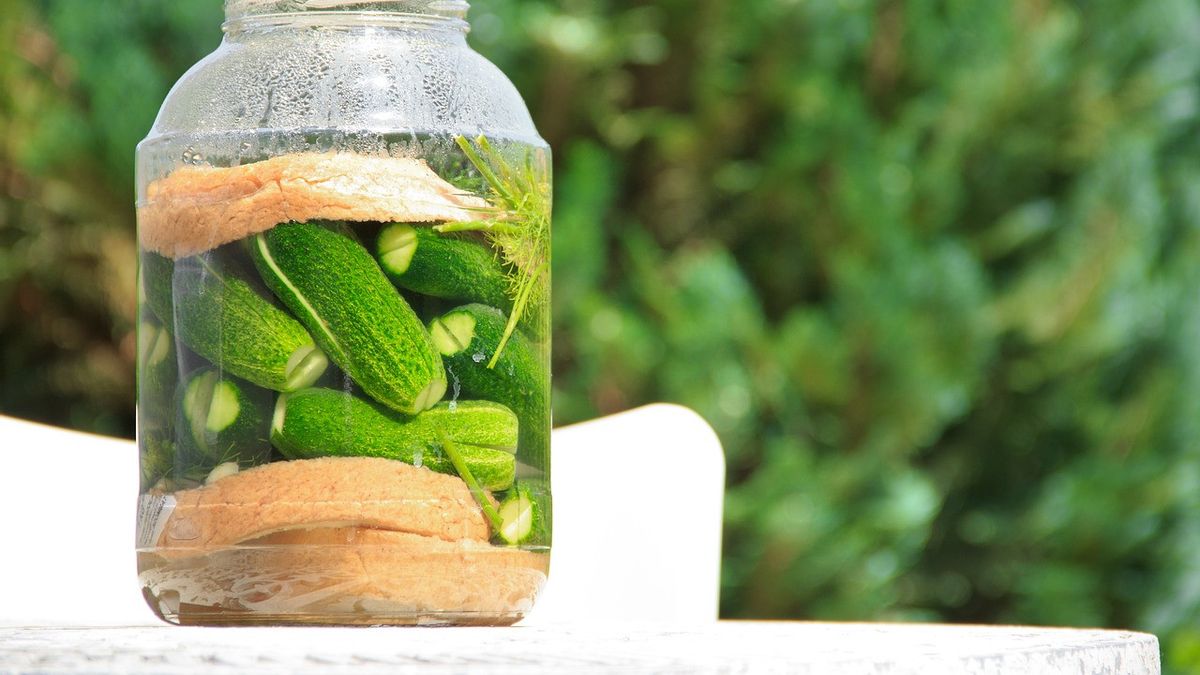JAKARTA - Fermented food is certainly no stranger. The fermentation process is carried out to preserve food ingredients and make the nutrients last longer without rotting quickly.
What is synonymous with fermented food is a sour and pungent taste. However, some types are still delicious to eat and give a fresh effect because of their sour taste.
One of the famous fermented foods is kimchi, which is made from chicory with spicy-sour spices. However, there are actually many other vegetable choices that can be made fermented, here is the list:
PicklesPickles are very popular in Indonesia for adding freshness to a variety of dishes, such as soto, curry, or satai.
In India, the pickling method has been used since 4 thousand years ago using the main ingredient of cucumber.
However, nowadays many vegetables can be pickled, such as carrots, onions, chilies, pineapples, and papayas. The fermentation process is quite simple, namely mixing the vegetables with vinegar, sugar and salt.
SauerkrautSauerkraut is a famous fermented vegetable in Germany. Usually the main raw material is cabbage. The process of making this sauerkraut is by cutting the cabbage thin and then soaking it in salt water for 10 days.
TursuTursu is a fermented food from Turkey whose main ingredients are eggplant, zucchini, onions, carrots, cucumbers, beets, garlic and grape leaves.
All ingredients are mixed with vinegar and salt and stored in a jar. Tursu is fermented 2-3 months before it's ready to eat.
Sir, pleaseIf you go to Thailand, try to find a dish that features pak sian dong, a fermented food made from pak cyan leaves, bamboo shoots, shallots, oranges, carrots, or white radish.
Pao caiChina also has fermented vegetables, called pao cai. Pao cai is made with cabbage, celery, cucumber and radishes. Uniquely, pao cai is made without vinegar, but only from salt water with garlic, anise, and Sichuan pepper.
All ingredients and seasonings are stored in the jar for about 1-2 weeks before eating.
TsukemonoIn Japan, there is such a thing as tsukemono, which is commonly eaten with dishes such as rice and miso soup. Tsukemono itself is fermented cabbage, chicory, cucumber, eggplant, radish, daikon, carrots and ginger.
The fermentation materials are salt water, padir husks, dried red chilies, and kombu.
The English, Chinese, Japanese, Arabic, and French versions are automatically generated by the AI. So there may still be inaccuracies in translating, please always see Indonesian as our main language. (system supported by DigitalSiber.id)









